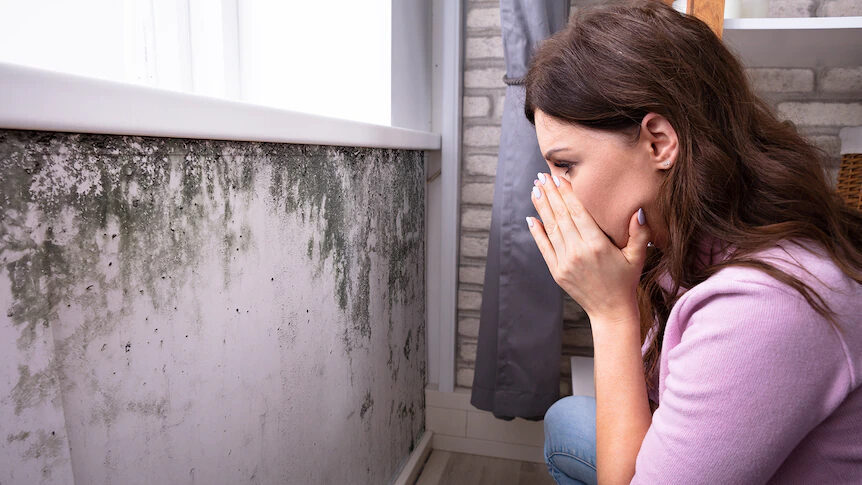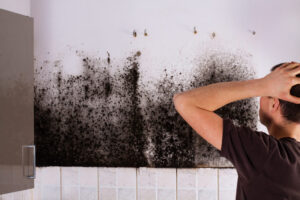Part 2: Information For Occupants
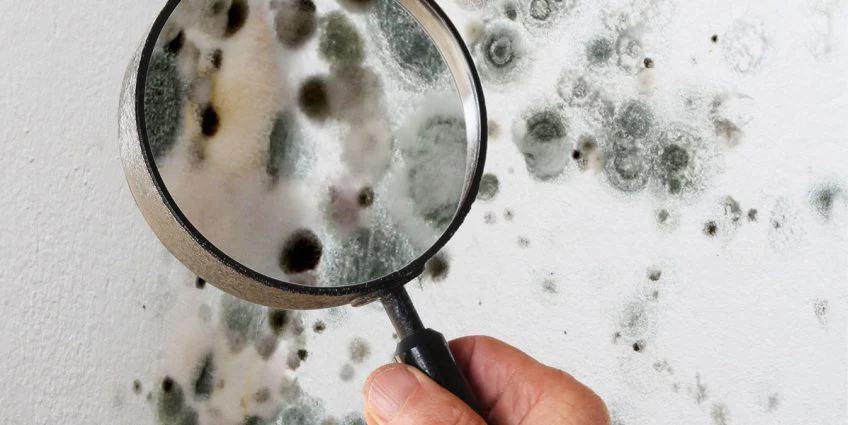
What causes mould?
- Mould will grow if it is provided with moisture and nutrients.
- Different kinds of mould grow on different materials, as some kinds of mould like it soaking wet, while others may grow even if no water can be seen.
- Dampness inside a material can be enough for mould to grow.
How to identify mould
- A musty or earthy smell often means mould growth.
- Beware of wet spots, dampness and signs of a water leak, as moisture problems may lead to mould
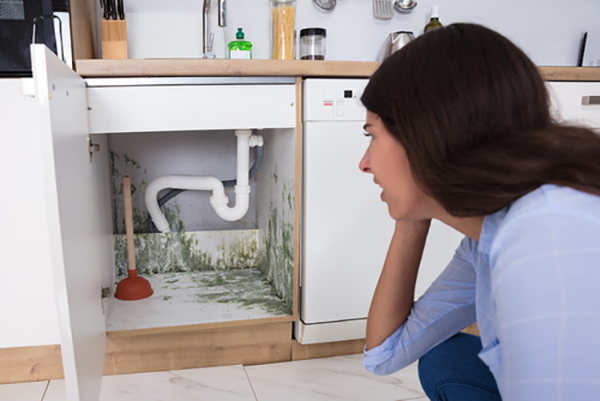
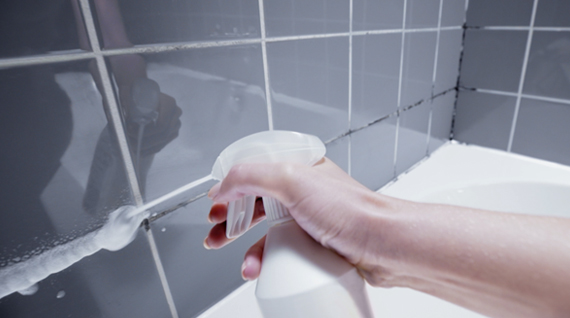
How to remove mould and prepare for a cleanup
- You can clean up small areas yourself following the proper steps and using safety precautions.
- Medium and large areas should be cleaned up by people who are professionally trained.
- The best way to clean mould yourself is to use warm water and unscented dishwashing detergent.
How to prevent mould using The Mould Prevention Checklist
- Download a pdf copy of the checklist shown below. It provides guidance for preventing moisture in the basement, bedrooms, bathrooms and kitchen through proactive measures that keep small problems from getting bigger.
- Originally compiled for First Nations by the Canadian Mortgage Housing Corporation the booklet can be applied in most general household applications

Continue to Part 3 – Mould Cleanup At A Glance: Infographic
